Parks and recreation have been, and continue to be, the recipients of philanthropy in Indianapolis. Public parks and open spaces counterbalance the effects of industrial society, preserve natural beauty, and contribute to the quality of life.
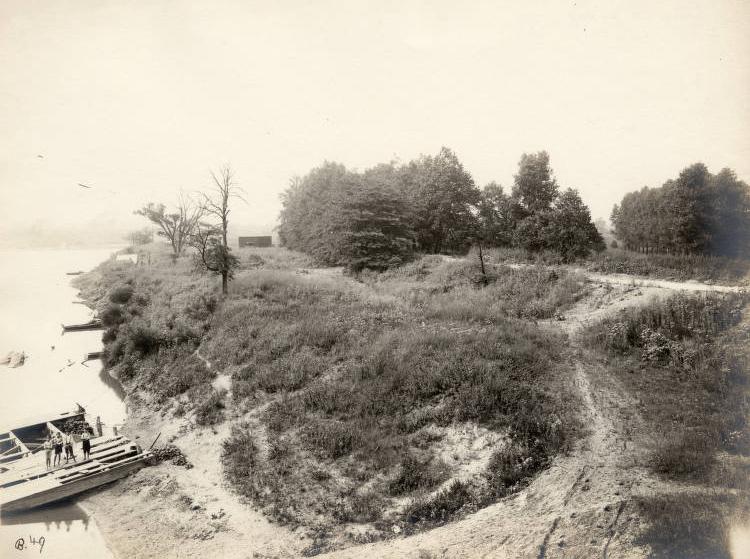
During Indianapolis’s earliest decades, citizens had few places for public recreation and leisure except for the and the surrounding countryside. Little organized activity took place until the 1890s despite the popularity and success of New York City’s Central Park (opened 1858). A few residents contributed planted trees and developed neighborhood parks.
At the end of the 1800s, civic and business leaders launched a concerted effort toward city beautification in response to industrialization, smoke, and soot. The Local Council of Women and individual citizens donated land for parkways, memorials, and park improvements. The Charity Organization Society () spearheaded a 1911 cleanup campaign, promoted its Vacant Lots Cultivation program, and distributed seeds, vines, whitewash, and brushes. The Commercial Club supported beautification with a “clean-up, paint-up” campaign and undertook its own vacant lot gardens project. During the early 20th century, local businesses and organizations provided leadership in hosting national hot air balloon races and the first clay-court Tennis competition and in staging the Indianapolis 500-Mile Race.
Recreation became an important outlet for citizens during the 20th century, with its years of war, depression, and urbanization. Mayor (1895-1901) supported the creation of city and soon was hired to develop a comprehensive for Indianapolis. Beginning in 1919, R. Walter Jarvis, recreation supervisor for the park system, urged local youth organizations and their supporters to coordinate community recreational and athletic programs.
Individuals contributed significantly to the parks movement. donated land for Tarkington Park. and Evaline Holliday bequeathed their 80-acre country estate to become (1916).
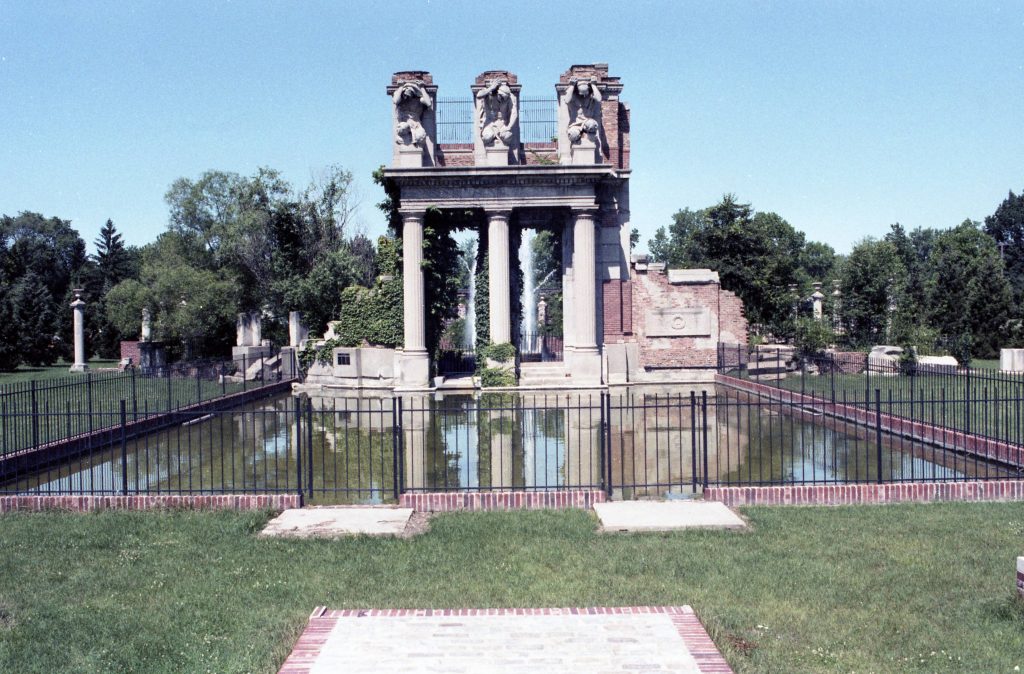
By the early 1920s, many parks had become social service centers, providing day nurseries, clinics, and athletic programs in newly constructed community centers. During the 1930s a Civil Works Administration project, operating through the parks department, recruited recreation workers and volunteers to manage recreational activities at the community houses. Individuals also continued to donate land for parks. Heirs of former postmaster Henry W. Bennett deeded land in 1937 for Brookside Park. George J. Marrott donated a 46-acre tract to the city in 1945, which forms much of Marrott Park.
From the late 1940s through the 1960s, concerted efforts improved public parks, recreational facilities, and programs citywide. This led the of May 10, 1955, to comment that “an expanding city can hardly have too many parks, too many facilities for the recreation of its people, both young and old.”
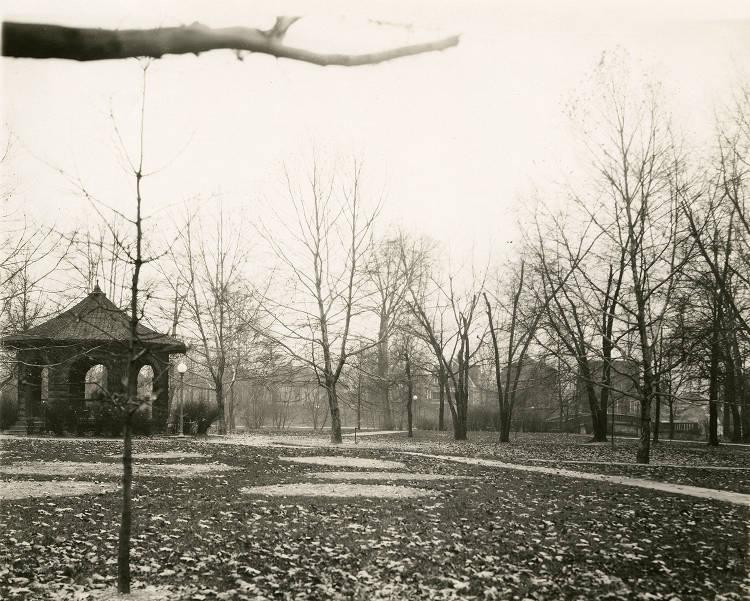
The bequest of and his wife of Eagle Crest Estate, Eagle Valley Farms, and East Crest Forest to Purdue University led to the establishment of the largest public park in Indianapolis. The estate later became Eagle Creek Park, which opened in 1972. The Eagle Creek Park Foundation raises funds and operates , one of the largest city parks in the country with over 2,200 acres. The Indianapolis Parks Foundation, established in 1991, operates throughout the system seeking philanthropic and corporate support for the maintenance of park property and facilities, the continuation of ongoing programs, and the development of new services.
The 1970s and 1980s brought a shift in commitment by Indianapolis’ community leaders to amateur sports as part of a larger economic development strategy. Philanthropy played a significant role in the development of new athletic facilities: the Major Taylor Velodrome, the Natatorium and Track and Field Stadium at , and the Bill Kuntz Soccer Stadium. These facilities represented important community assets for amateur and professional athletes and recreational purposes.
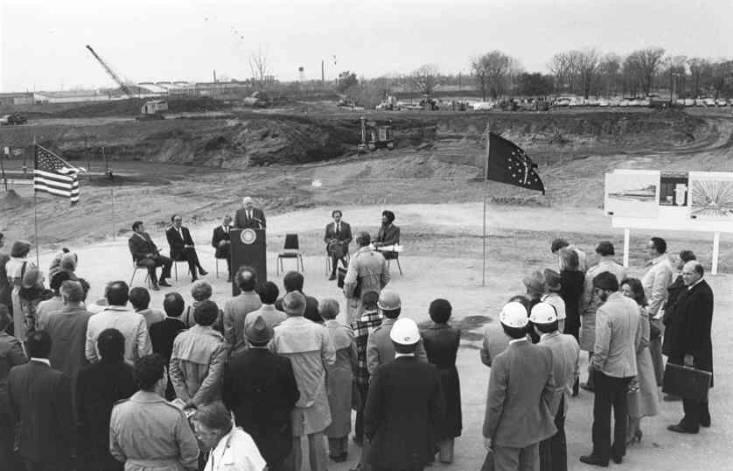
Philanthropic efforts then shifted from facilities to programs. The 10-year strategic plan adopted in 1992 is largely directed toward youth. The Sports Corporation provides Champs grants to sports organizations that serve youth and to its own Youth Sports Development Program, itself a recipient of support from the The 1992-1993 study “Beyond the Games: The Indianapolis Amateur Sports Strategy,” commissioned by the Indianapolis , also emphasized increased recreational and sports programs and greater utilization of the city’s parks and recreational facilities. Philanthropic support for youth programs also supports nonprofit organizations such as the and the .
The local sports community provides philanthropic support for recreation in several ways. Children get to interact with professional athletes from the , the , the , the , and . Each franchise lends time, facilities, and money to support community sports and recreation. Franchises have formed philanthropic entities, including the Indianapolis Indians Charities, Indiana Pacers Foundation, and Indianapolis Colts Foundation. Former Colts head coach Tony Dungy and his family created the Dungy Family Foundation and many individual Colts players started foundations. Former Colts quarterback Peyton Manning and his wife Ashley Manning established the PeyBack Foundation.
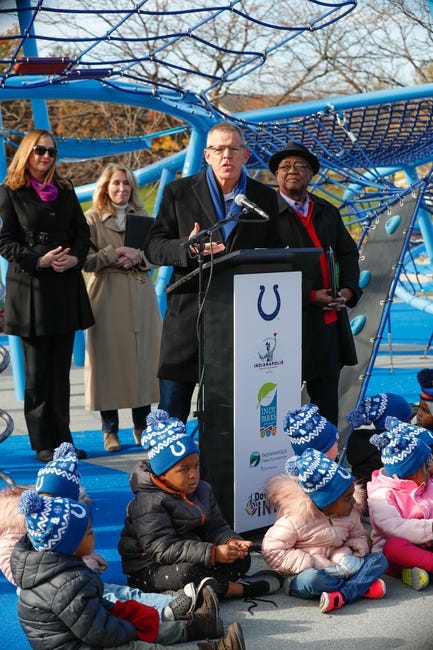
Many United States Olympic Committee are headquartered in Indianapolis. The associations put into practice their commitment to youth development by donating time and expertise to the community. These include the United States Gymnastics Federation, USA Track and Field, the United States Rowing Association, United States Synchronized Swimming, the United States Diving Association, and the U.S. Canoe and Kayak Team.
The national nonprofit, National Collegiate Athletic Association (NCAA), relocated its headquarters to Indianapolis in 1999. The NCAA has multiple community benefit initiatives, including NCAA Team Works, that benefit Indianapolis citizens.

Help improve this entry
Contribute information, offer corrections, suggest images.
You can also recommend new entries related to this topic.